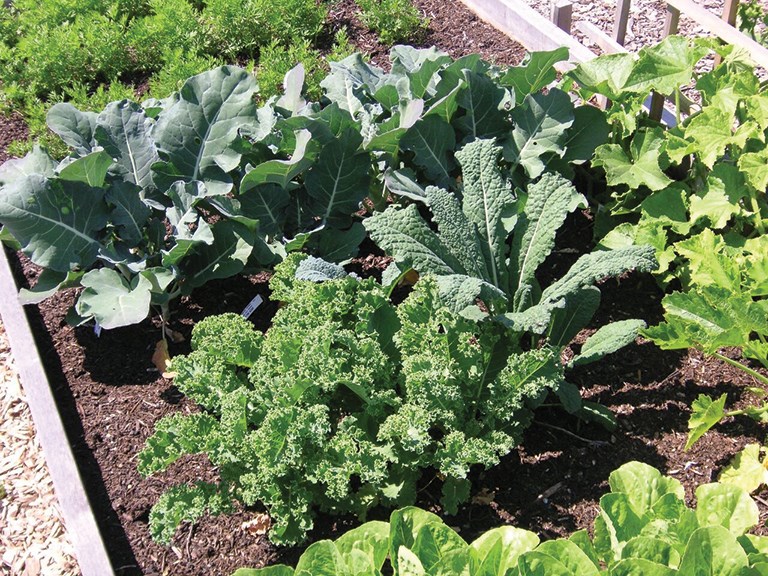Now that spring has arrived it’s time to plan the vegetable garden.
If you are new to gardening choose a site in full sun as it will guarantee a successful harvest.
Avoid starting a new vegetable garden near trees or shaded areas. Be sure to select a site in close proximity to a water source.
Decide how you will garden. Will you grow in containers, raised beds or in the ground? Containers are great for small spaces and can be moved around to maximize sunlight. Use a soil mix suited for containers, not garden soil as it’s too heavy. Look for plants or seeds that have been adapted to growing in containers. Choose the right size container for the plant. Shallow rooted plants like salad greens do well in small containers, but large plants like squash should be grown in oak barrels.
Raised beds are popular and are elevated making it easy to amend and weed the soil. They also warm up quickly in the spring. Build a raised bed just wide enough that you can reach from one side to the other without having to step on the soil. Fill your raised bed with the best soil that you can as it will be the foundation for healthy plant growth for many years. The most economical way to garden is to plant right in the ground. Select an area that has good drainage. Weed and remove any debris in the spring to prepare your garden for planting. If you have clay soil amend it with compost or aged manure to improve soil structure and tilth.
Grow what your family likes to eat. It’s no sense growing kale if the children don’t like it. When selecting vegetable seedlings look for compact, healthy plants that haven’t flowered or fruited. They are easier to transplant into the garden.
For easy plants to start this month look for potatoes, salad greens and peas to get you started. When planting moisten the soil and add some organic fertilizer to the planting hole and mix it in. Place your plant in the soil at the same level as it was in the original pot. Be sure to water during the first week after transplanting to ensure your plants settle into their new home. In a few months you will be able to harvest vegetables for family dinners.




